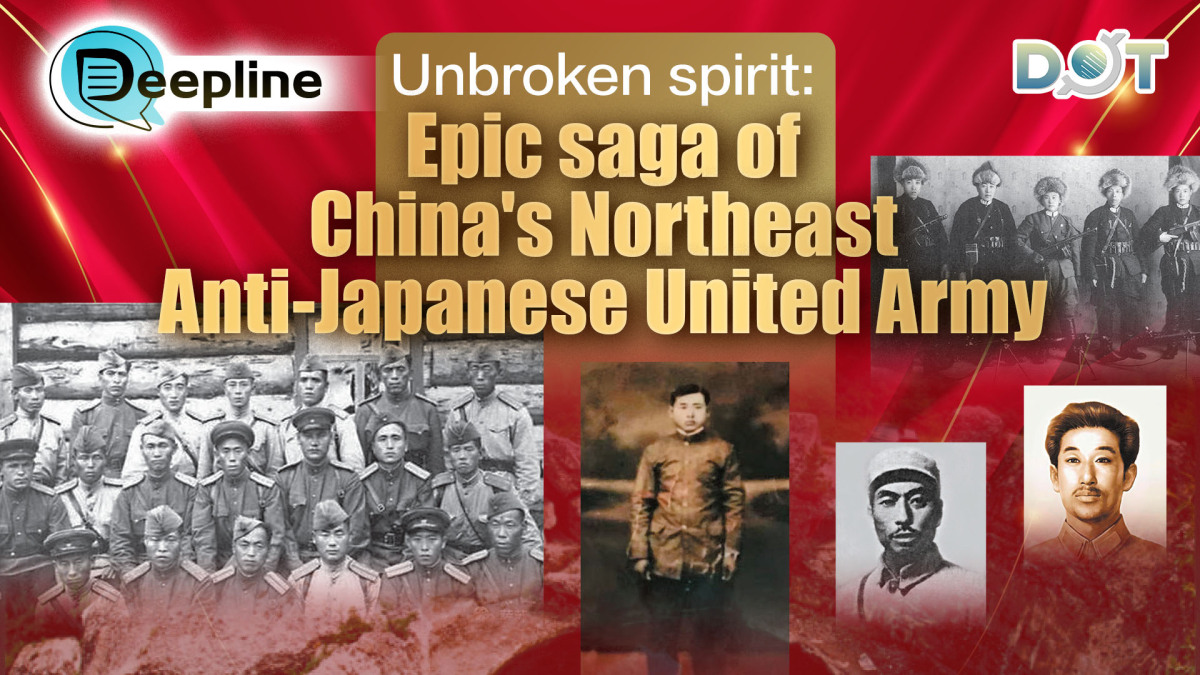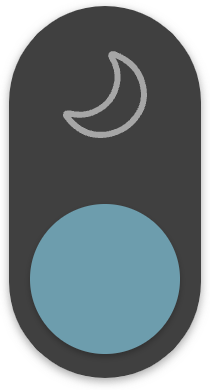
In early 1936, the Northeast Anti-Japanese United Army was established, comprising 11 armies and reaching its peak strength. However, by 1941, the Japanese Kwantung Army had expanded its total force to 31 divisions, totaling 850,000 troops. They implemented the "collective hamlet" system to sever ties between civilians and anti-Japanese forces, relentlessly besieging the United Army, which had lost contact with the Central Committee of the Communist Party of China.
After the successive martyrdoms of the two commanders-in-chief, Yang Jingyu and Zhao Shangzhi, the United Army forces were drastically reduced to just over 1,000 personnel. They were forced to retreat into Soviet territory for reorganization, where they were reformed into a training brigade. In 1945, when the Soviet Union launched its offensive in Northeast China, the training brigade employed special operations tactics, deploying small teams in advance to gather intelligence on Japanese forces and guide the Soviet Red Army in rapidly breaching Japanese defenses, becoming a persistent nightmare for the Kwantung Army.
Disguised as laborers to infiltrate an airport
"As a child, I met uncles who had joined my father in attacking the Japanese airport," Wang Keli, son of Wang Jun, former political director of the 12th Regiment of the Sixth Army of the Northeast Anti-Japanese United Army, told a Wen Wei Po reporter while discussing the raid on the Nenjiang No. 1 Airport. "The commander of that battle was my father."
In May 1939, the Nomonhan Incident broke out, and the Comintern urgently demanded that the Communist Party of China "armedly defend the Soviet Union." "Commander Li Zhaolin personally assigned my father the combat mission, ordering him to lead his troops in attacking the Nenjiang Airport to draw Japanese forces back," Wang said.
The Airport was a critical hub for the Japanese army to transport troops and supplies to the front lines, as well as a transit station for Japanese aircraft heading to the battlefield. "This airport was fully equipped and reputed to be the finest in Asia. At the time, it was guarded by a Japanese brigade and two mixed brigades of puppet forces, along with 10 armed settlement groups, 18 Korean collective hamlets, and other paramilitary organizations. The defenses were heavy and tightly guarded," Wang said.
Wang's father, Wang Jun, dispatched the reconnaissance hero Shi. "Uncle Shi disguised himself as a laborer and infiltrated the airport. He quickly became a labor team leader due to his 'hardworking' attitude. Using his position, he gradually uncovered the enemy's troop deployments, number of aircraft, and facility locations, even drawing a detailed map of the airport."
One day in July, a horse cart carrying lumber and pulled by three white horses appeared at the airport's main gate. "This was the signal agreed upon by my father and Uncle Shi, indicating that the operation would take place that night," Wang said, gesturing as he spoke. "That night, my father first sent snipers to eliminate the sentries. Then he led the team through the cut wire fence made by Uncle Shi into the airport. Then they began by throwing grenades into the tents housing the Japanese guards, killing or wounding over a hundred Japanese soldiers before they could understand what was happening."
"Machine guns rattled, and Japanese pilots and ground crew fell one after another. My father led the team in burning eight warplanes with gasoline. They left a blood-written message at the control tower: 'Today we break your wings; tomorrow we fight again on the plains!'"
Heavy losses from Japanese suppression
To advance its strategy of invading China, in the spring of 1937, before the Marco Polo Bridge (Lugou Bridge) Incident, the Japanese Kwantung Army sent tens of thousands of troops, combined with puppet forces and police, to launch a "great suppression campaign" against the United Army in the three northeastern provinces.
According to data from the puppet military police headquarters at the time, 156 collective settlement points were established in Jilin province alone. As a result, the operational area of the United Army gradually shrank, but its soldiers still actively sought to eliminate incoming enemies.
With the outbreak of the Marco Polo Bridge Incident, the anti-Japanese resistance in Northeast China intensified. Reports from consulates in Northeast China preserved in the "Diplomatic Records" of the Japanese Ministry of Foreign Affairs Archives show that among the total anti-Japanese forces of 23,388 personnel in Northeast China, 12,427 were directly led by the Communist Party of China, accounting for more than half.
Losses of prominent commanders
The Haozihu Secret Camp in Jilin was a core base established by Yang Jingyu, commander-in-chief of the First Route Army of the United Army, in late 1938.
On Feb. 18, 1940, the only two soldiers accompanying Yang Jingyu were killed, and the enemy tightened the encirclement, intending to capture him alive. On Feb.23, after refusing to surrender, Yang calmly returned fire while burning confidential documents, ultimately dying a heroic death at the age of 35. The Japanese army severed Yang's head and dissected his body, finding that his stomach contained not a single grain of food, only roots, bark, and cotton wadding.
Wei Zhengmin (original name Guan Youwei), acting commander-in-chief of the First Route Army, was a key decision-maker in the strategic transfer of the United Army's last core forces in 1942. In his letters, he arranged for the elderly, wounded, and female soldiers to evacuate to the Soviet Union first, personally writing letters of introduction. Combat-capable male soldiers were to stay behind to cover their retreat until their comrades safely crossed the river. In 1942, the United Army forces dispersed, and ultimately, only about 1,200 personnel broke through the Japanese blockade to withdraw to the Soviet Union.
The counteroffensive
On Aug. 1, 1942, the training brigade of the Northeast United Anti-Japanese Army was established in the Soviet Union. Its members were primarily former United Army officers and soldiers, supplemented by Soviet personnel and locally recruited fighters. They were issued Soviet uniforms and weapons and trained in skills such as demolition, rock climbing, telegraphy, swimming, skiing, and parachuting.
After its establishment, the training brigade quickly sent small teams back into Northeast China. They engaged in sabotage warfare against the hundreds of thousands of Kwantung Army troops gathered along the Heilongjiang River by blowing up bridges, disrupting communications, and attacking strongholds, continuously depleting the Japanese effective strength. Wang Keli stated that from 1942 to July 1945, the training brigade's guerrilla teams conducted over 1,600 sorties.
In late July 1945, following arrangements by the Soviet Far East High Command, dozens of special teams from the training brigade's reconnaissance units infiltrated back into Northeast China by land and airdrop. They flexibly switched identities based on their missions, penetrating key facilities such as Japanese military camps and fortifications.
According to the diary of Zhou Baozhong, a commander of the training brigade and Northeast Anti-Japanese United Army, of the over 700 core personnel sent by the Soviet Army from the training brigade, only 362 eventually returned to their units to welcome victory.
(Source: Wen Wei Po; English Editor: Darius)
Related News:
Deepline | 'Rewriting history': Stories Japan tells about wars, and what it doesn't
Deepline | Echoes of resistance: Reviving Dongjiang Column's wartime stories




















Comment